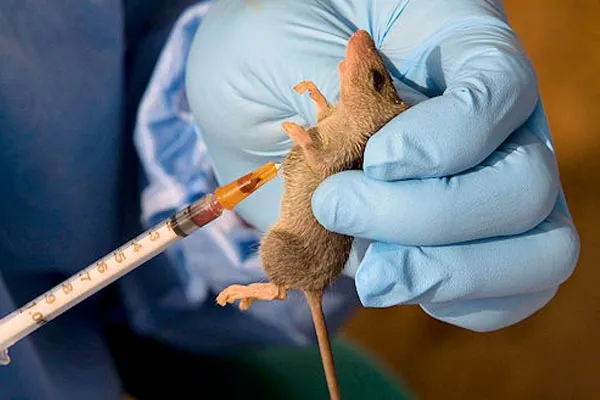
The Nigeria Centre for Disease Control and Prevention (NCDC) has reported a decline in confirmed Lassa fever cases for the fourth epidemiological week of 2025, but the death toll continues to rise, reaching 53 fatalities nationwide.
In its latest situation report on its official website, the NCDC stated that 76 confirmed cases were reported between January 20 and January 26, 2025, representing a slight decrease from the 71 cases recorded in the previous week.
The cumulative data for 2025 indicates a total of 290 confirmed cases and 1,171 suspected cases across 10 states, with a case fatality rate (CFR) of 18.3 per cent. This shows a minor improvement compared to the 18.6 percent CFR recorded during the same period in 2024.
The report highlighted that 75 per cent of all confirmed cases were concentrated in three states: Ondo, Edo, and Bauchi. Ondo State leads with 37 per cent of the total cases, followed by Edo with 21 per cent and Bauchi with 17 per cent.
“The disease has affected 54 local government areas across the country, with the predominant age group being those aged 21 to 30 years. The male-to-female ratio among confirmed cases is nearly equal at 1:0.9,” it noted.
Despite the overall decline in new cases, the NCDC expressed concerns about the rising death toll. This increase is attributed to late presentations of cases, poor health-seeking behaviour due to the high cost of treatment and inadequate environmental sanitation in high-burden communities.
In response to the outbreak, the NCDC has activated a multi-sectoral incident management system (IMS) to coordinate control efforts at all levels. Key activities include deploying National Rapid Response Teams, conducting risk communication and community engagement in affected areas and enhancing surveillance and contact tracing efforts.
Healthcare workers have been trained in case management in high-burden states such as Bauchi, Ebonyi and Benue, with plans to expand training to Plateau and Taraba states. Additionally, Lassa fever treatment centres across the country have been equipped with essential response commodities, including personal protective equipment (PPE), Ribavirin and infection prevention materials.
However, the NCDC outlined significant challenges, including a lack of awareness in high-risk communities and delayed case reporting, which continue to hinder effective outbreak control.
The agency urged Nigerians to remain vigilant and adopt preventive measures, such as maintaining proper hygiene, storing food correctly to avoid contamination by rodents and seeking medical attention promptly if symptoms like fever, headache, sore throat, or unexplained bleeding occur.
The NCDC also disseminated public health advisories and continues to provide offsite support to state health authorities to strengthen response efforts.
“For more information, visit www.ncdc.gov.ng or call the NCDC toll-free line at 6232,” it stated.
According to Science Nigeria, Lassa fever is endemic in Nigeria, with outbreaks occurring almost every year. The disease was first identified in 1969 in Lassa, Borno State. Symptoms can range from mild fever and joint pain to severe bleeding from the nose, mouth, and gastrointestinal tract.
Lassa fever is fatal in about 20 per cent of cases, particularly when treatment is delayed. Throughout West Africa, hundreds of thousands are infected annually, experiencing symptoms such as fever and vomiting; in severe cases, bleeding may occur.
One worrying complication of the disease is hearing loss, which affects about 25 per cent of survivors. While the estimated fatality rate stands at one percent, mortality can significantly increase during outbreaks, especially among pregnant women and healthcare workers.
Despite its considerable health impact, Lassa fever remains one of the most neglected diseases, with limited resources allocated for its prevention and treatment. Currently, no licensed vaccines are available, although approximately 20 candidates are in development, with the most advanced in Phase IIa clinical trials.

